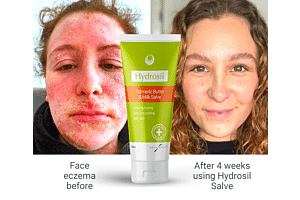We all know we should wear sun cream in order to protect our skin from the sun. Yet a growing concern about always wearing SPF creams is that our production of vitamin D is reduced.
Until now all high factor sun creams also block the production of vitamin D in the skin. An SPF of 30, properly applied, reduces the capacity of the skin to produce vitamin D by 97.5%. However a breakthrough in SPF technology has paved the way for the first sun cream that blocks the sun’s harmful rays but allows the skin to still produce vitamin D from the sun. The body needs vitamin D to absorb calcium and promote bone growth. Too little vitamin D results in soft bones in children (rickets) and fragile, misshapen bones in adults (osteomalacia). We also need vitamin D for other important body functions. At least 80% of the human body’s need in vitamin D is synthesized in the skin through exposure to sunlight, only a small amount of vitamin D is taken in by the diet. Estimates suggest that as much as 40% of adults and children have some degree of vitamin D deficiency in the Western world. Vitamin D deficiency has been linked to certain cancers, autoimmune diseases (type 1 diabetes, multiple sclerosis and rheumatoid arthritis), infectious diseases, neurocognitive dysfunction including Alzheimer’s disease, heart disease, depression and weight gain. As a result of the dilemma between the dangers of skin cancer and the body’s need for vitamin D, there is an urgent need to develop optimized sunscreens that enable vitamin D formation while also offering sun protection factor (SPF). The new sun cream, called Solar D, has been developed by scientists in Poland and trialled in a published study in the January 2016 edition of on line medical journal Plos One. Solar D is the first SPF product that allows vitamin D production from the sun while protecting skin from harmful UV rays. The study demonstrated a 50% increase of the vitamin D production using the new optimized sunscreen compared to normal sunscreen. Solar D is designed with compounds with differing filter compositions to maximize vitamin D3 production while maintaining its sun protection for reducing UV damage.







